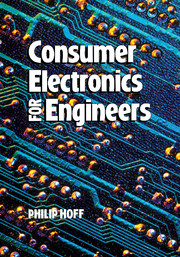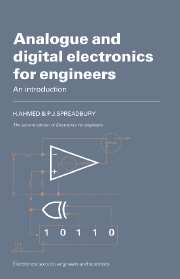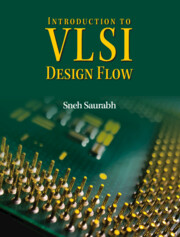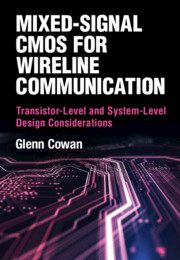Consumer Electronics for Engineers
This book explains clearly the operating principles of 'real world' electronic devices, including video recorders, compact disk players, and mobile phones. Each chapter begins with a brief historical overview of the device concerned. The author then describes the key principles of each device's operation and presents a block circuit diagram. Next he analyzes these 'real world' circuits in detail, and, finally, he discusses the present state-of-the-art. This approach will help to integrate the many different aspects of an electrical engineer's course work, from physical optics to digital signal processing, as never before. Very accessible and containing over 350 illustrations and many exercises, this book will be an ideal textbook for undergraduate students of electrical engineering, and will also appeal to practising engineers.
- Shows how 'real-world' electronic equipment like CD players and mobile phones actually work
- Gives clear circuit diagrams and many exercises
- Provides historical background for the equipment analyzed
- First book of its kind
- Very accessible and contains over 350 illustrations
Product details
October 1998Paperback
9780521588171
576 pages
254 × 178 × 30 mm
0.99kg
367 b/w illus. 8 tables 124 exercises
Available
Table of Contents
- 1. AM receivers
- 2. FM receivers
- 3. Modern receiver circuitry
- 4. Equalization
- 5. Audio tape recorders
- 6. Monochrome TV
- 7. Color TV
- 8. Video cassette recorders
- 9. Digital audio
- 10. Telephones.





